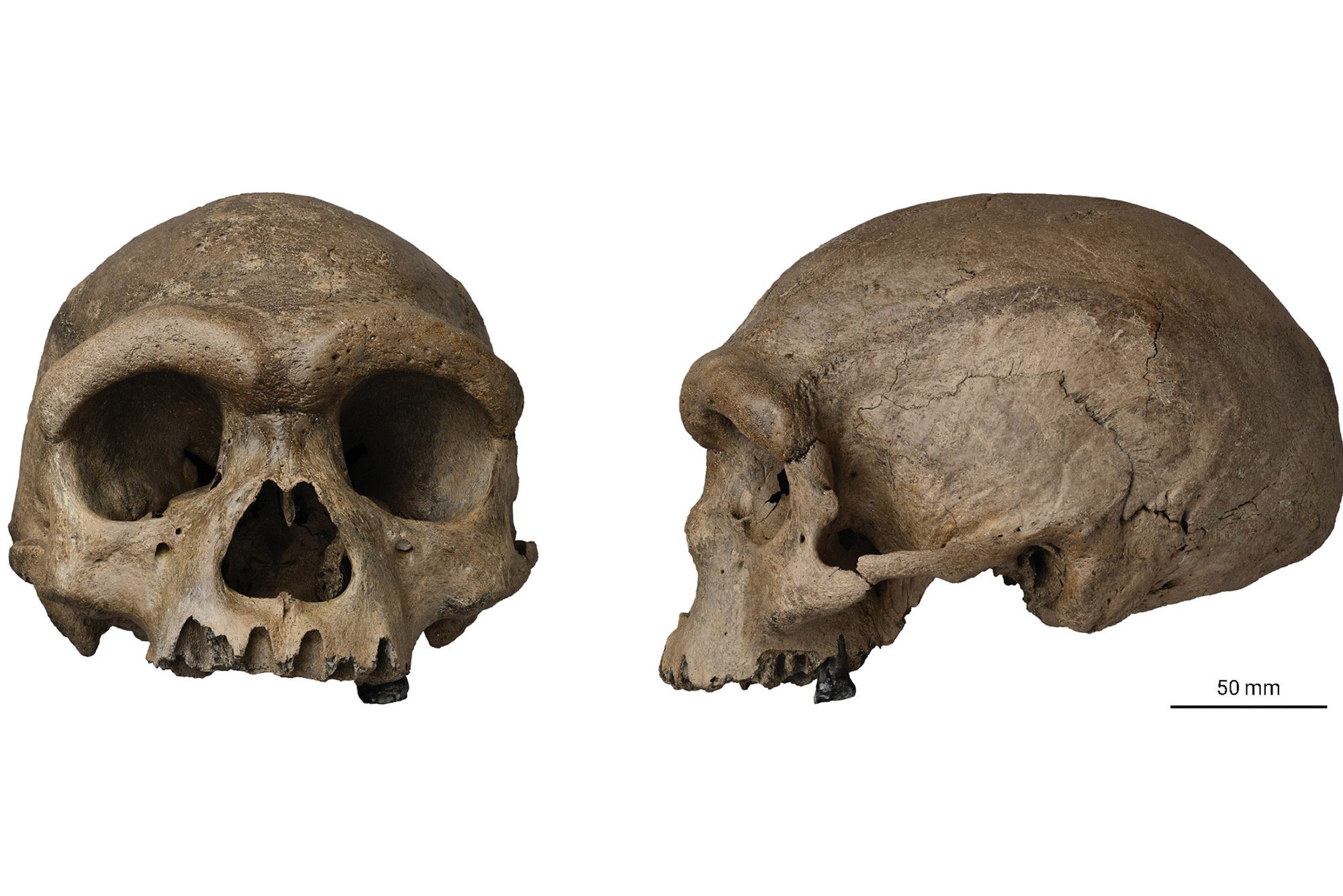This content provides an overview of the evolution of religion throughout human history. It begins with the emergence of animism during the Paleolithic period, which laid the foundation for subsequent religious developments. It then explores the rise of polytheistic pantheons and the shift towards monotheism. The development of authoritative texts and doctrines to guide believers is also discussed. The content further explores the phenomenon of religious syncretism, the religious schisms during the Renaissance and Protestant Reformation, and the impact of the Enlightenment on religious thought. The exploration and colonization of new lands led to encounters between indigenous belief systems and major world religions, resulting in assimilation or the emergence of new syncretic faiths. The content also highlights the rise of secular humanism and the present-day trend of religious pluralism and interfaith dialogue. Overall, it emphasizes how religion has constantly evolved and adapted to societal changes throughout history.
1. The Emergence of Animism
Human beings have always sought to understand the world around them and their place within it. The earliest form of religious thought can be traced back to animism, which emerged during the Paleolithic period. Animism is the belief that every object, whether living or inanimate, possesses a unique spiritual essence or soul. This belief system laid the foundation for subsequent religious developments.
2. Polytheistic Pantheons
As societies became more complex and organized, religious beliefs also evolved. Polytheistic pantheons emerged, with individuals worshiping a multitude of gods and goddesses, each associated with various aspects of life such as love, fertility, war, and agriculture. Examples include the pantheons of ancient Egypt, Greece, and Mesopotamia.
3. The Rise of Monotheism
Around 2,000 BCE, monotheism emerged as a radical departure from the prevailing polytheistic beliefs. Cultures like ancient Egypt and Ancient Israel began to emphasize the worship of a single, all-powerful deity. This shift marked a significant milestone in the evolution of religious thought, as it introduced the notion of a universal god who transcended regional boundaries.
4. Doctrines and Scriptures
As religious beliefs became more organized, authoritative texts and doctrines were developed to codify the principles and practices of each faith. Ancient texts such as the Vedas in Hinduism, the Torah in Judaism, and the Quran in Islam provided a structured framework for believers to follow. These texts formed the cornerstone of religious identity and guided individuals’ spiritual journeys.
5. Religious Syncretism
Throughout history, cultures and civilizations have interacted and coexisted, leading to the blending and mixing of religious beliefs. This phenomenon, known as religious syncretism, gave rise to new religious movements encompassing elements from multiple traditions. For example, the ancient Roman Empire incorporated aspects of Greek, Egyptian, and Persian religions, resulting in a diverse religious landscape.
6. The Reformation and Religious Schisms
During the Renaissance and the Protestant Reformation in Europe, significant religious schisms occurred, challenging the authority of established institutions. Figures such as Martin Luther and John Calvin sparked movements that sought to reform existing religious practices. These reforms ultimately led to the fragmentation of Christianity into various denominations, each with its own interpretation of doctrine and scripture.
7. Secularism and the Enlightenment
The Enlightenment of the 17th and 18th centuries brought about a significant shift in religious thought. The emphasis on reason, skepticism, and scientific inquiry led to the rise of secularism. People began questioning traditional religious beliefs and advocating for the separation of church and state. This intellectual movement had profound implications for the role of religion in society and individual spirituality.
8. Colonialism and Globalization
The exploration and colonization of new lands by various European powers during the Age of Discovery had a profound impact on the evolution of religion. Indigenous belief systems encountered Christianity, Islam, and other major world religions in intercultural exchanges. This encounter often resulted in religious assimilation or the emergence of new syncretic faiths, as well as resistance and preservation of indigenous religious practices.
9. The Rise of Secular Humanism
In the modern era, particularly in Western societies, an increasing number of individuals have embraced secular humanism. This worldview rejects supernaturalism and focuses on human potential, ethics, and reason as the basis for shaping society and individual morality. It places great emphasis on science, logic, and rationality as guiding principles, often questioning or challenging traditional religious ideas.
10. Religious Pluralism and Interfaith Dialogue
In the present-day, the world is marked by religious pluralism, with diverse faiths coexisting in many societies. Interfaith dialogue has become increasingly prevalent, as people seek to understand and bridge the gaps between different religious traditions. This trend fosters mutual respect, cooperation, and the exploration of shared values, contributing to the ongoing evolution of religious thought and practice.
In conclusion, the evolution of religion has been a complex and ongoing process throughout human history. From animism to monotheism, from polytheistic pantheons to secular humanism, each transition represents a significant milestone in the development and transformation of religious belief systems. As societies continue to change and interact, religion continues to evolve, adapting to the needs and aspirations of individuals in an ever-changing world.
